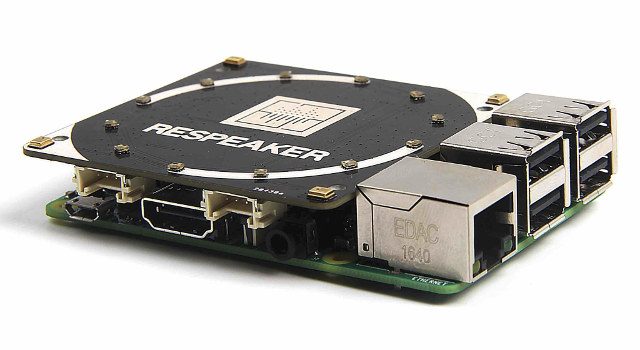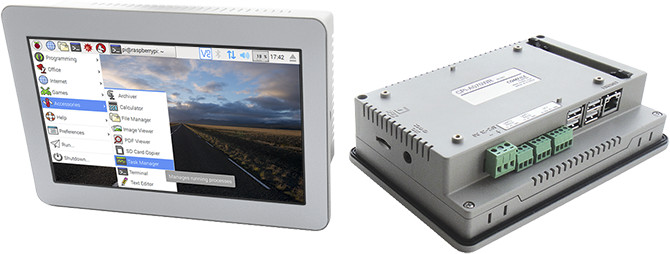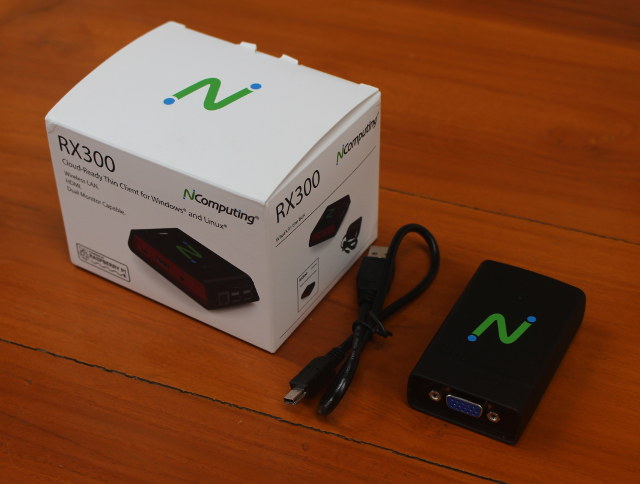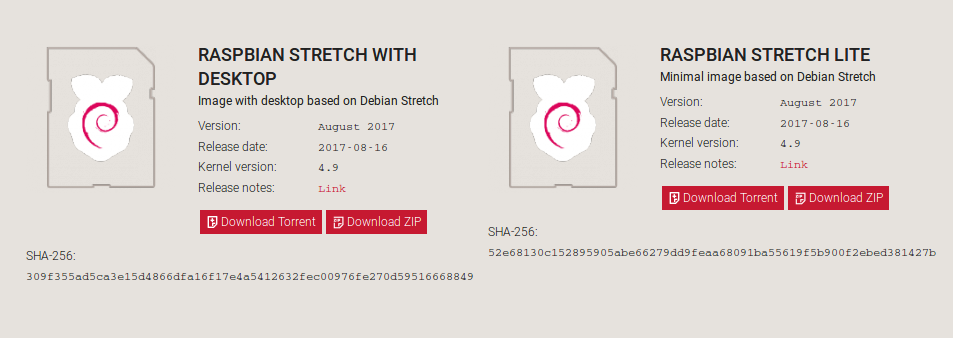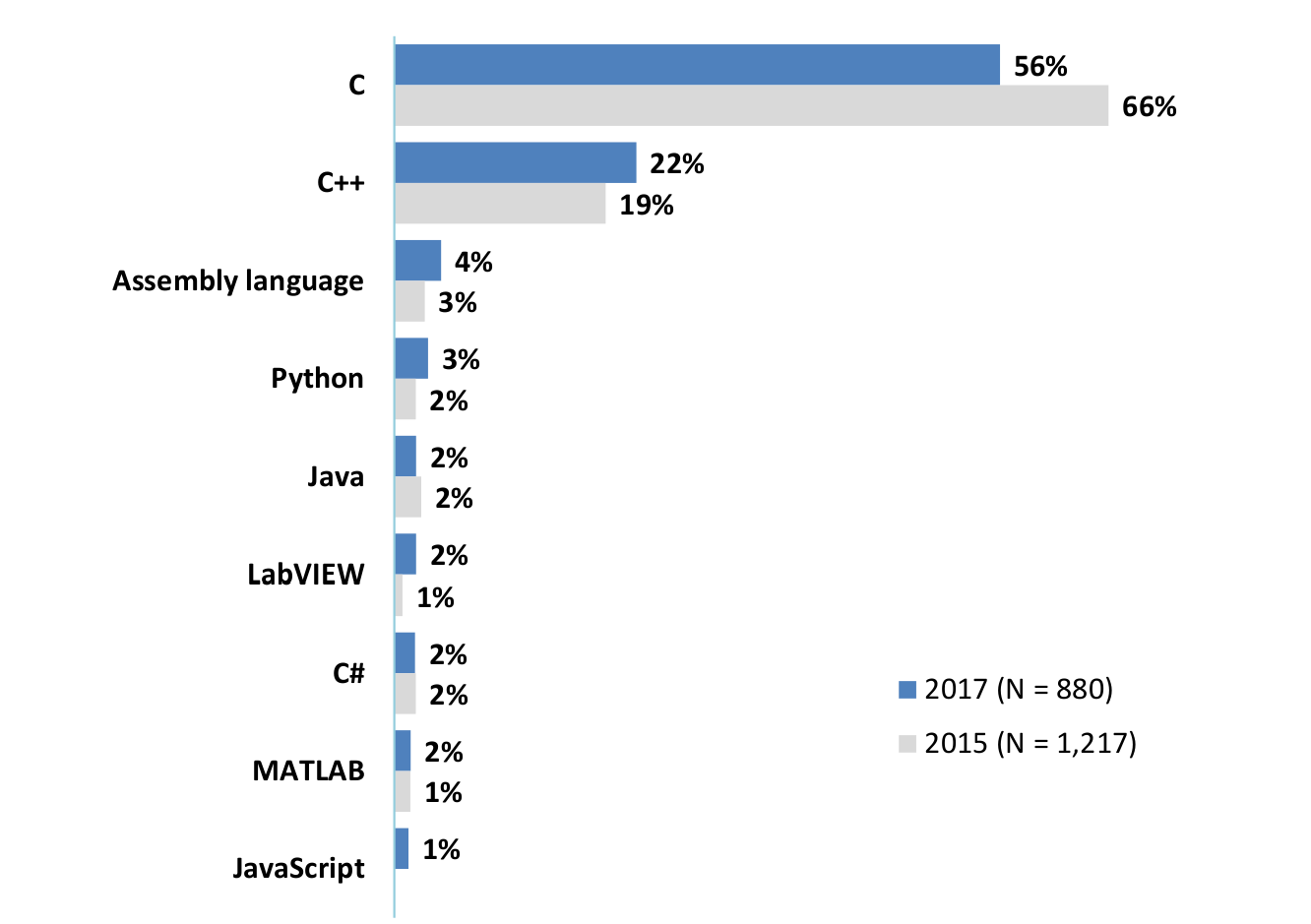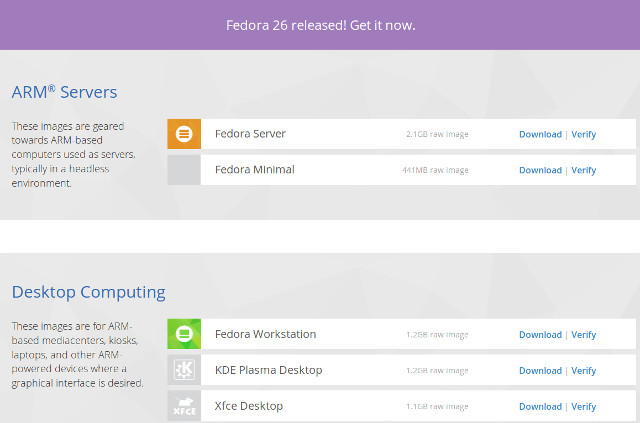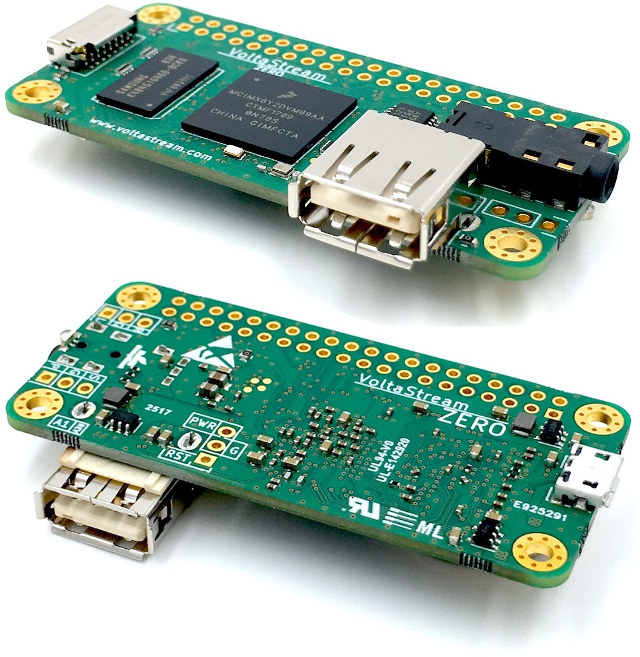There’s been a lot of development related to Google Assistant in the last few days. First, Google provided an update for AIY Projects, with their AIY Projects Voice Kit now available for pre-order on Micro Center for $35 including a Raspberry Pi 3 board, making the kit virtually free, although you may also purchase it. Note that Micro Center blocks traffic originating from some countries, so I had to use Zend2 to access the site. [Update 10/09/2017: You can also get it from Seeed Studio for worldwide shipping] Google also announced the Speech Commands Dataset with 65,000 one-second long utterances of 30 short words, which they are in the process of integrating with the next release of the Voice Kit, and will allow the devices to respond to voice commands without the need for an Internet connection. So if you lose your Internet connection, or want to isolate your Voice […]
ReSpeaker 4-Mic Array is $25 Quad Microphone Add-on Board for Raspberry Pi
Last year, Seeed Studio launched ReSpeaker WiFi Audio / IoT board based on Mediatek MT7688, as well as an optional microphone array board with 7 microphones and 12 LEDs. Later on, they introduced a $10 2-mic array board for Raspberry Pi Zero (W), and today the company has started to take orders for ReSpeaker 4-Mic Array for Raspberry Pi board for $24.50 plus shipping. Respeaker 4-Mic Array board specifications: Audio X-Powers AC108 quad-channel ADC with I2S/TDM output transition 4 Microphones Expansion 2x Grove interfaces (1x I2C, 1x GPIO port using pins 12 & 13) 40-pin Raspberry Pi compatible header Misc – 12 LEDs (APA102) connected over SPI, GPIO5 enables power Dimensions – 65mm x 65mm x 9mm Weight – ~20 grams The board will give Raspberry Pi board the ability to do Voice Activity Detection (VAD) aka “hot word” detection, estimate Direction of Arrival (DoA) and show the direction via the LED ring, just like Amazon Echo or Google Home. I’m using an Orange Pi Zero board with a single microphone with Google Assistant and while it works fine most of the […]
ComfilePi Industrial Touch Panel PCs are Based on Raspberry Pi CM3 Module
ComfilePi CPi-A070WR & CPi-A102WR are industrial IP65 panel PCs powered by Raspberry Pi CM3 compute module, with respectively 7″ and 10.2″ resistive touchscreen displays, and that run modified version of Raspbian OS. ComfilePi CPi touch panel computers specifications: SoC – Broadcom BMC2837 quad core Cortex A53 processor @ up to 1.2GHz with Broadcom VideoCore IV GPU System Memory – 1 GB Storage – 1x micro SD Slot Display 7“ 800×480 Touchscreen Pressure-sensitive (Resistive Film Type) LCD display OR 10.2” 800×480 Touchscreen Pressure-sensitive (Resistive Film Type) LCD display Audio – 3.5mm audio out port I/Os 40-pin header socket based on Raspberry Pi 40-pin header pinout with 22x GPIO with ESD protection circuit 2x RS-232 terminal blocks 1x I2C terminal block USB – 3x USB 2.0 ports Connectivity – 10/100M Ethernet, optional WiFi via USB dongle Misc – 1x Piezzo buzzer Power Supply – 12~24V DC via 3-pin terminal block Dimensions (housing […]
NComputing RX300 Thin Client Review – Part 1: Unboxing and Teardown
NComputing RX300 is a thin client based on Raspberry Pi 3 board that will allow to remotely run Windows and Linux operating systems from a much more powerful server, and Raspberry Pi 3 mostly handling the display, and connection to hardware like USB keyboard and mouse. The company has me sent a review sample for evaluation, and I’ll start by checking out what I received, and the hardware design of the device. NComputing RX300 Thin Client Unboxing I was asked whether I could test dual display, and then I had to choose between a VGA adapter or a DVI adapter. I selected the former, and I received both RX300 thin client, and a USB to VGA secondary adapter with its USB cable. We’ll find the thin client, a 5.1V/2.5A power adapter with a US plug adapter, and a multi-language quick installation guide in the package. The enclosure is really cute, and […]
Raspbian for Raspberry Pi Boards Gets Upgraded to Debian Stretch
While Raspberry Pi boards support many different operating systems, Raspbian is by far the most popular option, and in the last two years the distribution was based on Jessie (Debian 8), the Raspberry Pi foundation has just announced it was now replaced by an update to Stretch (Debian 9). The Jessie version is completely gone from Raspbian Download page, and you’ll only be offered to download “Raspbian Stretch with Desktop” or “Raspbian Stretch Lite”. So what has changed compared to Jessie? Debian 9 changelog will list the main differences compared to Debian 8, but some modifications have also been made in Raspbian itself: Version 3.0.1 of Sonic Pi “Live Coding Music Synth” app – See changelog Chrome 60 stable with improved memory usage and more efficient code Bluetooth audio is supported by the bluez-alsa package by default instead of PulseAudio Better handling of “non-pi users”, as previously many applications assumed […]
Aspencore 2017 Embedded Markets Study – Programming Languages, Operating Systems, MCU Vendors, and More
Aspencore media group asked readers of their EE Times and Embedded.com websites to fill out an online survey about their embedded system projects. They got 1,234 respondents mostly from North America (56.3%), followed by Europe (25.2%), and Asia (10.6%). This resulted in a 102-page market study which you can download here. I’ve extracted a few slides to have a look at some of the trends. C language is still the most used language in embedded systems, but other languages like C++, Python and even assembly language are gaining traction. Operating system is more spread with Linux being the most used via Embedded Linux distributions, Debian, and Ubuntu. FreeRTOS comes in second place, while Android registers fourth with 13%. Git has finally supplanted Subversion in 2017, with all other version control software losing ground. Switching to some hardware slides, 44% used a development board to start their embedded design with ST […]
Fedora 26 Supports Single “Unified” OS Images for Multiple ARM Platforms
The decision to use device tree in Linux occurred several years ago, after Linus Torvalds complained that Linux on ARM was a mess, with the ultimate goal of providing a unified ARM kernel for all hardware. Most machine specific board files in arch/arm/mach-xxx/ are now gone from the Linux kernel, being replaced by device tree files, and in many case you simply need to replace the DTB (Device Tree Binary) file from an operating system to run on different hardware platforms. However, this is not always that easy as U-boot still often differ between boards / devices, so it’s quite frequent to distribute different firmware / OS images per board. Fedora has taken another approach, as the developers are instead distributing a single Fedora 26 OS ARMv7 image, together with an installation script. Images for 64-bit ARM (Aarch64) are a little different since they are designed for SBSA compliant servers, so […]
VoltaStream ZERO NXP i.MX6ULL Linux Audio Board Follows Raspberry Pi Zero Form Factor
Back in 2013. Philip came with the idea of designing a development board for audio application, and after various experiments with off-the shelf Raspberry Pi boards and audio DACs, he founded PolyVection company, and started designing the board. Forwarding to today, he has completed his work and introduced VoltaStream ZERO to the world, a board based on NXP i.MX6ULL processor with 512MB or 1GB RAM, and a choice of Texas Instruments DAC. It also follows Raspberry Pi Zero form factor, like the upcoming Banana Pi BPI-M2 Zero board. VoltaStream ZERO specifications: SoC – NXP i.MX6ULL ARM Cortex-A7 processor @ 996 MHz System Memory – 512 MB or 1 GB DDR3 Storage – micro SD card slot Audio 1x I2S for integrated DAC, 1x I2S for GPIO access, 1x S/PDIF header / TOSLINK jack Analog DAC – Texas Instruments PCM5121 (106 dB) or PCM5142 (112 dB) USB – 1x micro USB […]



